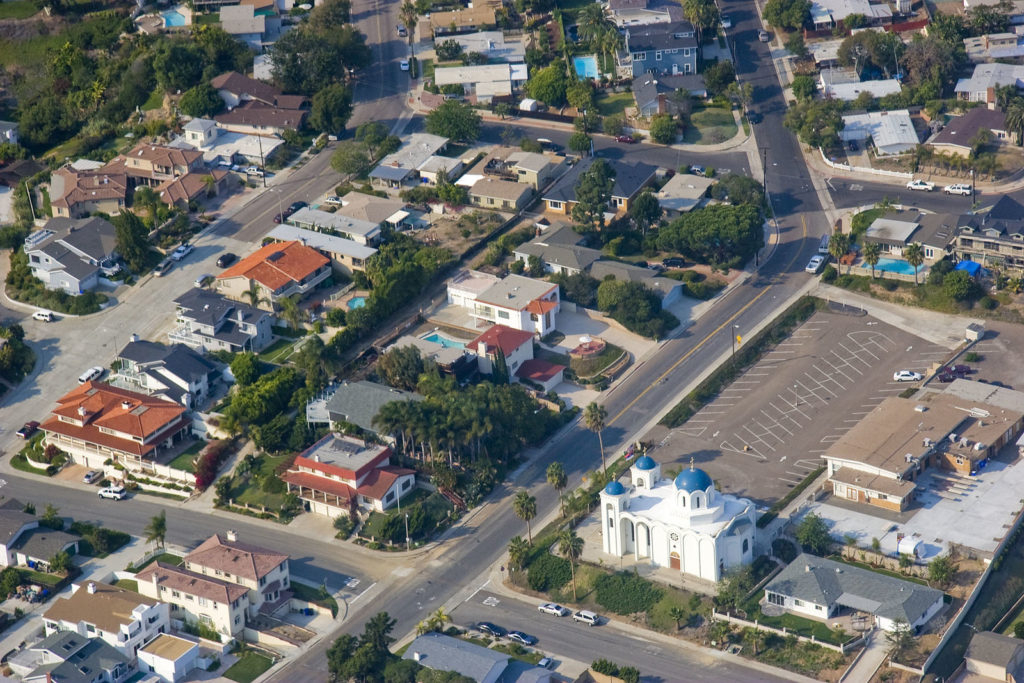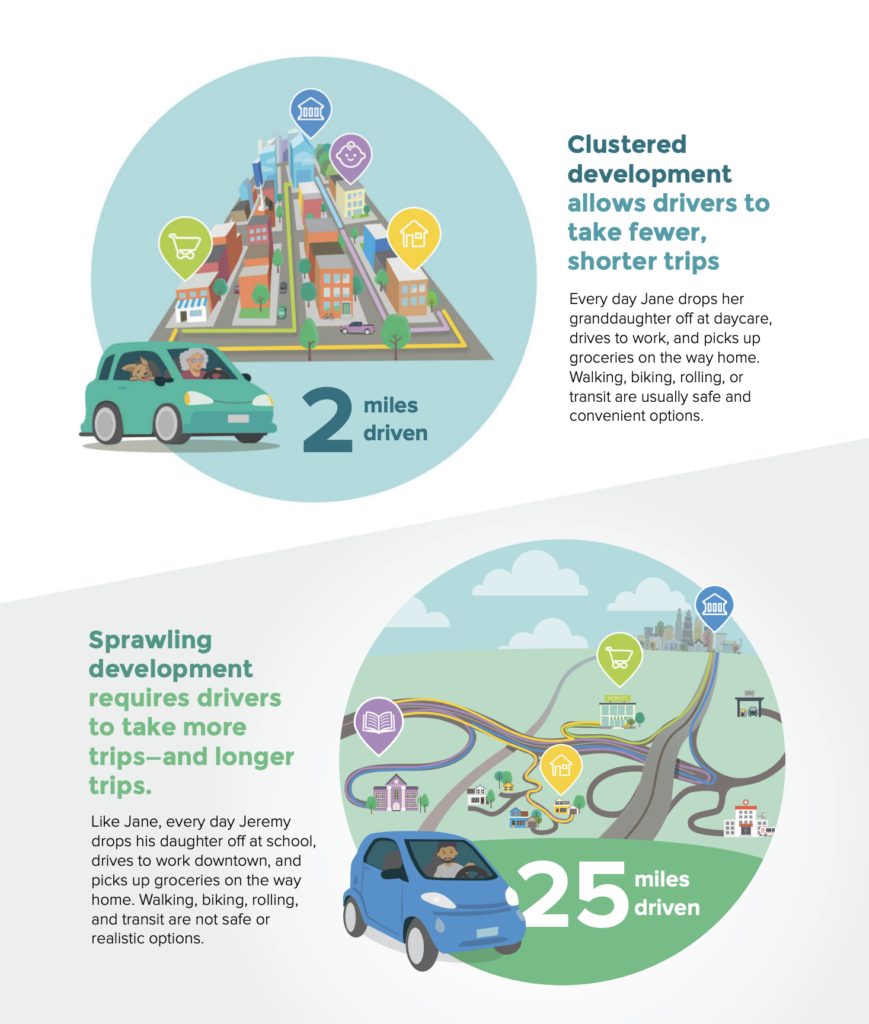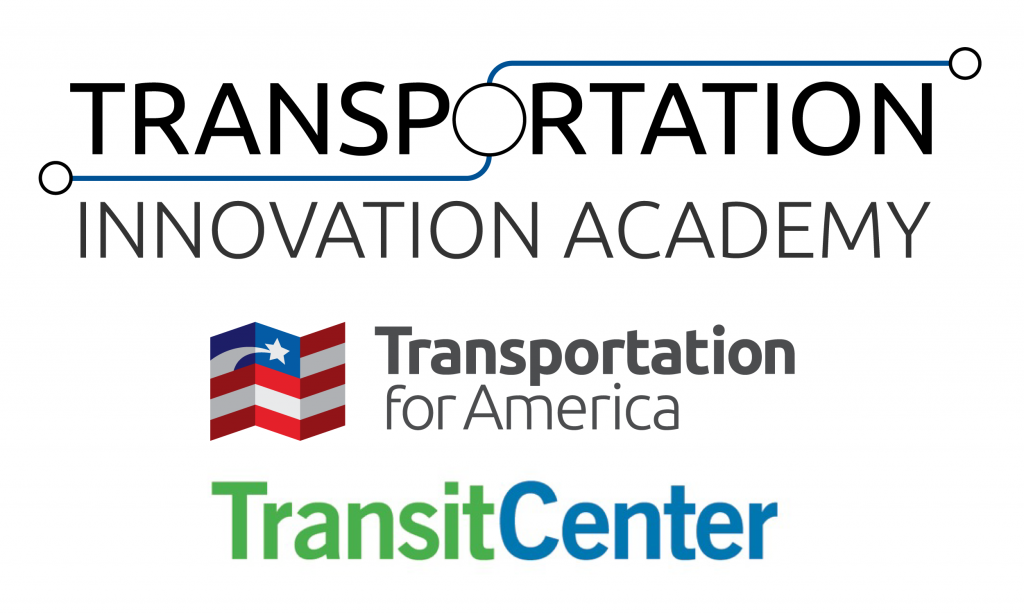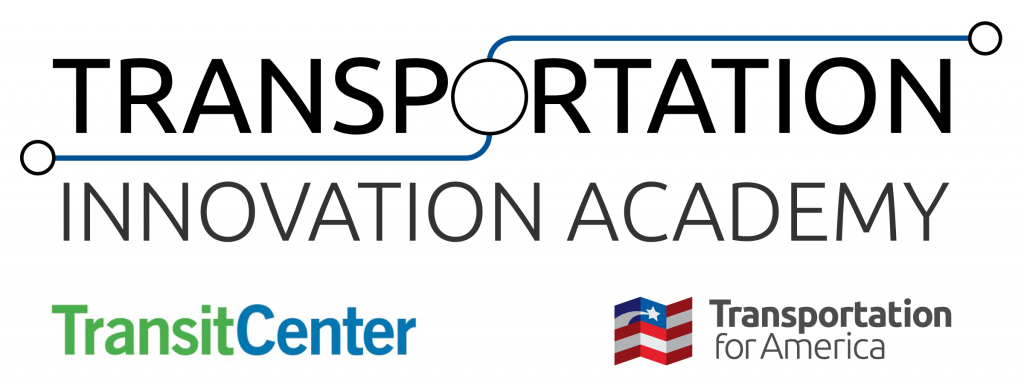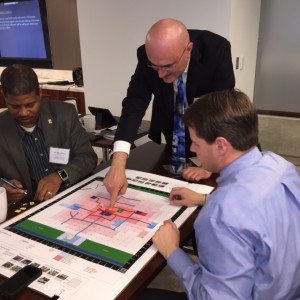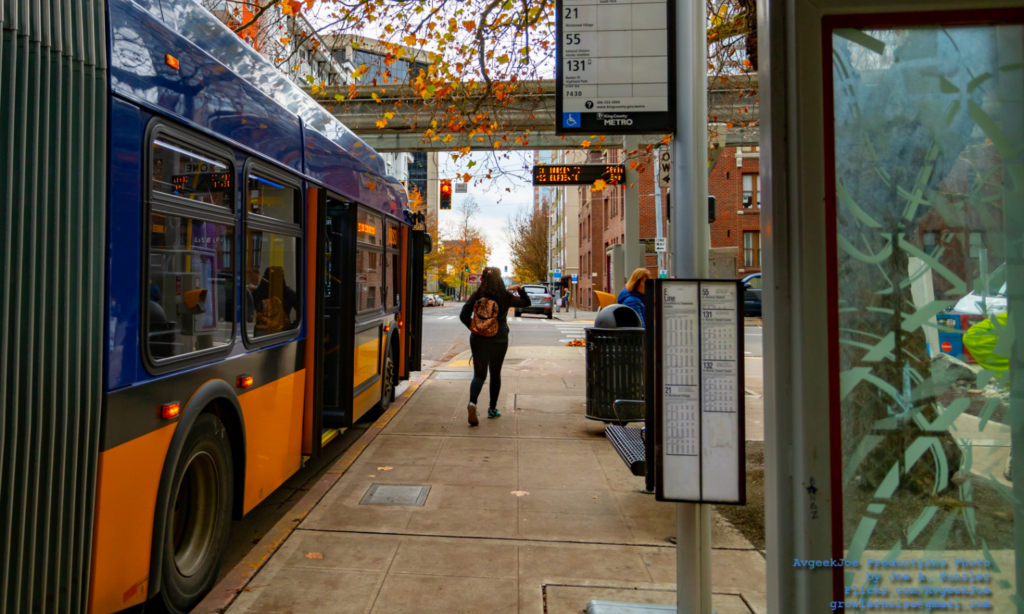
The Seattle area’s busiest transit agency released their “playbook” for better transit through smart incremental improvements and community partnerships. Focusing on bus speed and reliability, this guidebook is a valuable resource for any transit agency looking to build trust with riders.

In King County, WA (Seattle and its surroundings), transit demand is booming. The region has made forward-thinking investment and policy decisions that support smart development decisions, allowing them to maintain a high quality of life amid rapid growth. They’ve made a serious commitment to transit—not only through expansion, but through bolstering existing services—and built efficient infrastructure while incentivizing ridership. As a result, King County has grown a strong transit user base, reduced single-occupancy driving downtown, and cultivated stronger and healthier communities.
So when their busiest transit agency—King County Metro—released their comprehensive Bus Speed and Reliability Guidelines and Strategies in August, they showed the world what they call their “playbook” of operational tools and capital projects that save riders time and communities money. At a time when building public trust in transit is essential, it’s an excellent guide to the infrastructure and services that make transit trustworthy.
King County Metro (or just Metro) was one of America’s ten most-ridden transit agencies in 2019, and the busiest not to operate any rail services. They achieved this high ridership through smart comprehensive planning (and funding!) for services that run to the places where people actually go. They’re the core provider of local buses in King County, with a strong network of frequent routes in dense core neighborhoods, rapid routes that take riders between communities, and freeway express routes that run on dedicated lanes. Together with the regional agency Sound Transit, as well as agencies in neighboring Pierce and Snohomish Counties, Metro is a national leader in smart transportation planning.
What strategies does the report propose?
In the report, Metro details the incremental infrastructure strategies they implemented to gradually improve street-level bus systems. They provide design initiatives that help buses skip past traffic, including changes to street and intersection design, bus stops and routing, traffic flow alterations, and signaling improvements. The advantages and costs of each are outlined in a digestible format, along with guidelines and extensive examples from the region.
Street design improvements involve physical changes to the street itself, prioritizing buses in areas where cars often get in the way. Metro proposes dedicated bus lanes and short bypass lanes as projects where buses get their own space. Relatedly, changes to road channelization—that is, the flow of traffic, particularly approaching intersections and the size and design of turns—can have a tremendous impact on bus speed.
Metro also took a look at bus stop planning. The location and design of bus stops can inhibit the stopping and boarding process, slowing down the ride. The report explains how lengthening bus stops—to accommodate more than one bus at a stop at the same time—makes boarding quicker and more convenient for riders, as well as how lengthening stops can be integrated with other design strategies like bulb-outs that slow traffic and enhance pedestrian crossings. Thoughtful bus routes are integrated with these stops and avoid unnecessary turns and choke points.
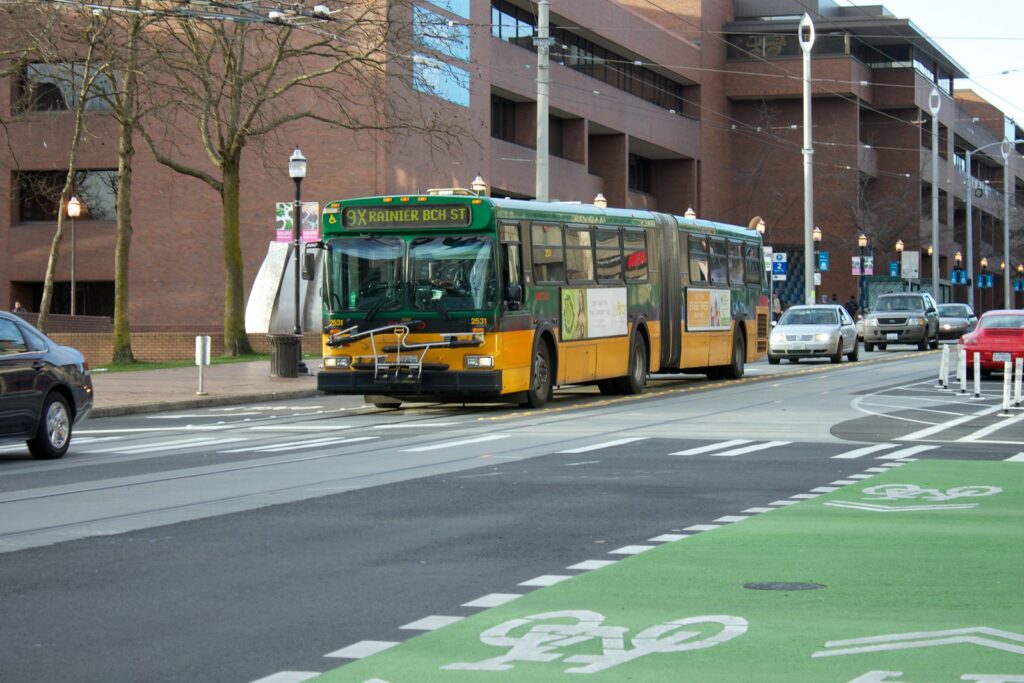
Changing traffic control through regulations and signaling is another strategy. Turn restrictions can work alone or go hand-in-hand with street design improvements to move buses faster through intersections, and strategically altering or removing parking frees up lane space and makes it easier for buses to access stops along a sidewalk. Metro explains a few ways that reprogramming traffic signals can also help. The timing of green lights on a street can be adjusted to match the pace of a bus as opposed to car traffic. And technology allows Metro buses to directly change signals, so buses don’t need to wait at red lights or behind cars at intersections.
With a roadmap for physical design in place, Metro also plans to bring communities to the table. Metro operates in many cities throughout King County. The roles of Metro and the appropriate jurisdiction are included in the report alongside key tasks for the planning, design and implementation, and performance management steps for both Metro- and jurisdiction-led projects. Metro lays out several principles for a general cooperation process and timeline, making the report an excellent starting point for other agencies to reference in planning their own partnerships.
“It’s important to build trust and a great working relationship with city staff,” says Irin Limargo, capital planning supervisor at King County Metro. “This effort can start with projects that offer a win/win for transit and traffic, then try to move to higher transit priority treatments.”
Why is it important?
King County may be among the first to publish such a report, but other transit agencies looking to increase reliability and ridership should take notice. Although its examples are centered around the Seattle region, its practices are applicable anywhere.
“In our observation, improvements implemented in Downtown Seattle, even if providing just a few seconds of delay-reduction per trip, can rack up thousands of operating hours savings each year due to the large number of trips operating through that area. That said, our suburban and smaller city partners are equally important because transit operates as a system and routes cross city boundaries,” says Limargo.
The report offers tried-and-true strategies that go hand-in-hand with the core principles of smart transportation policy, safety, and accessibility. Coordination is a persistent theme in this report, and it goes beyond the six jurisdictions that worked together in its publishing. Their incremental approach gives new life to existing infrastructure and makes it more useful and long-lasting than a continued dedication to unsustainable driving patterns. It prioritizes safety by proposing improvements that intentionally slow down or decrease the influence of cars in a given area, and it makes pedestrian and transit infrastructure more publicly visible than it is today. And improving speed and reliability through small improvements can help riders reach more places more consistently.
Special thanks to Peter Heffernan, government relations administrator at King County, for getting us at T4A in touch with Irin Limargo.




